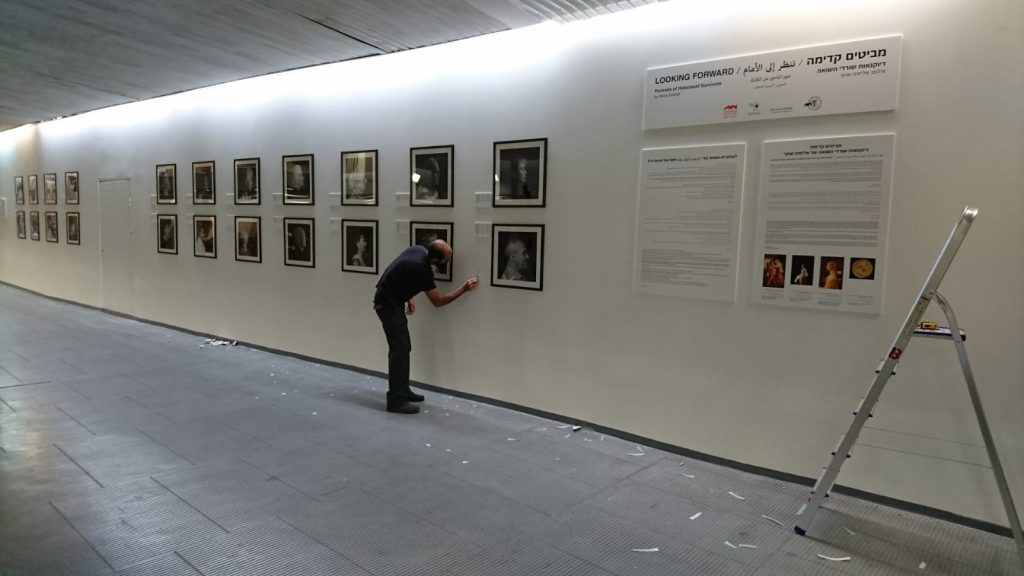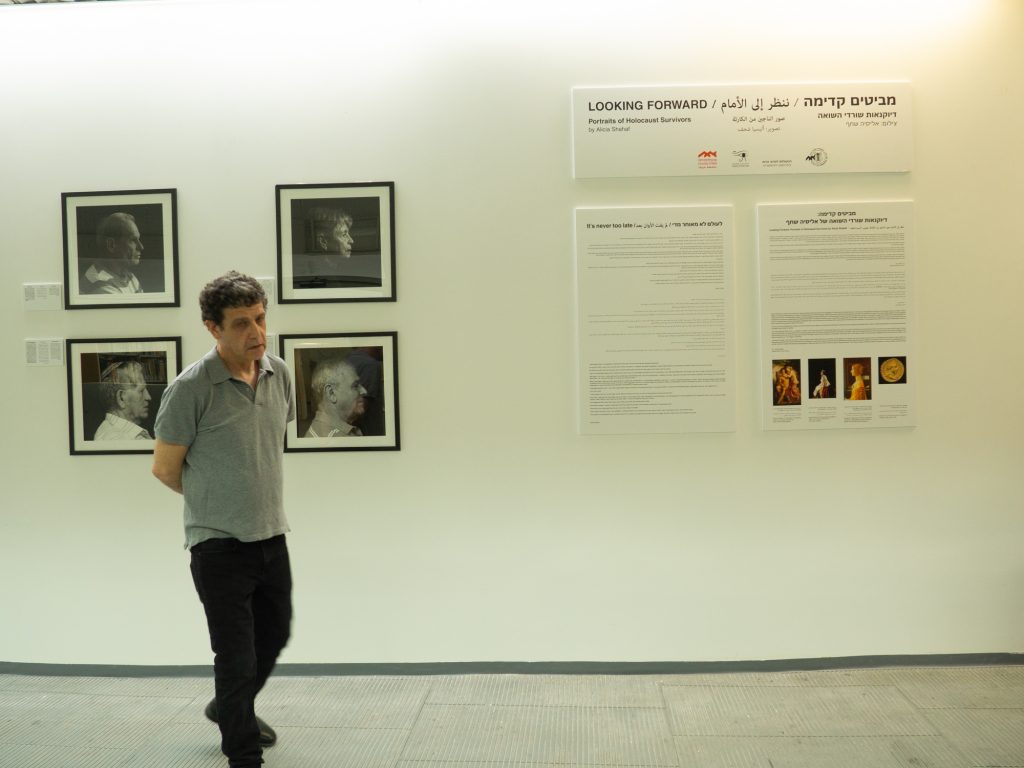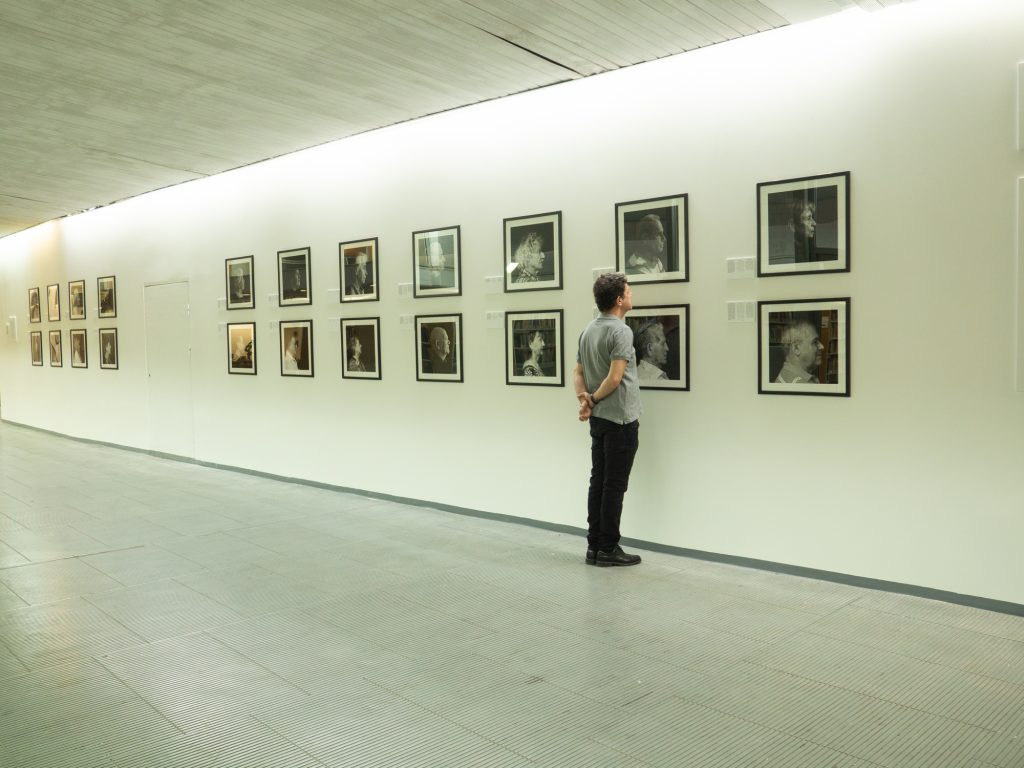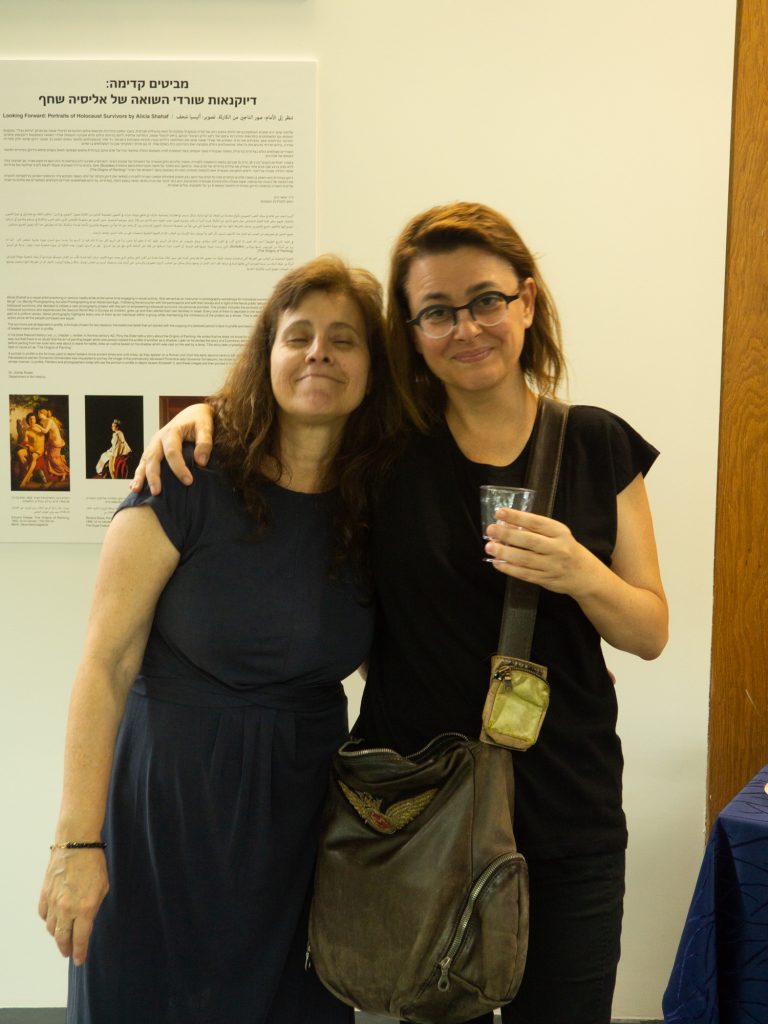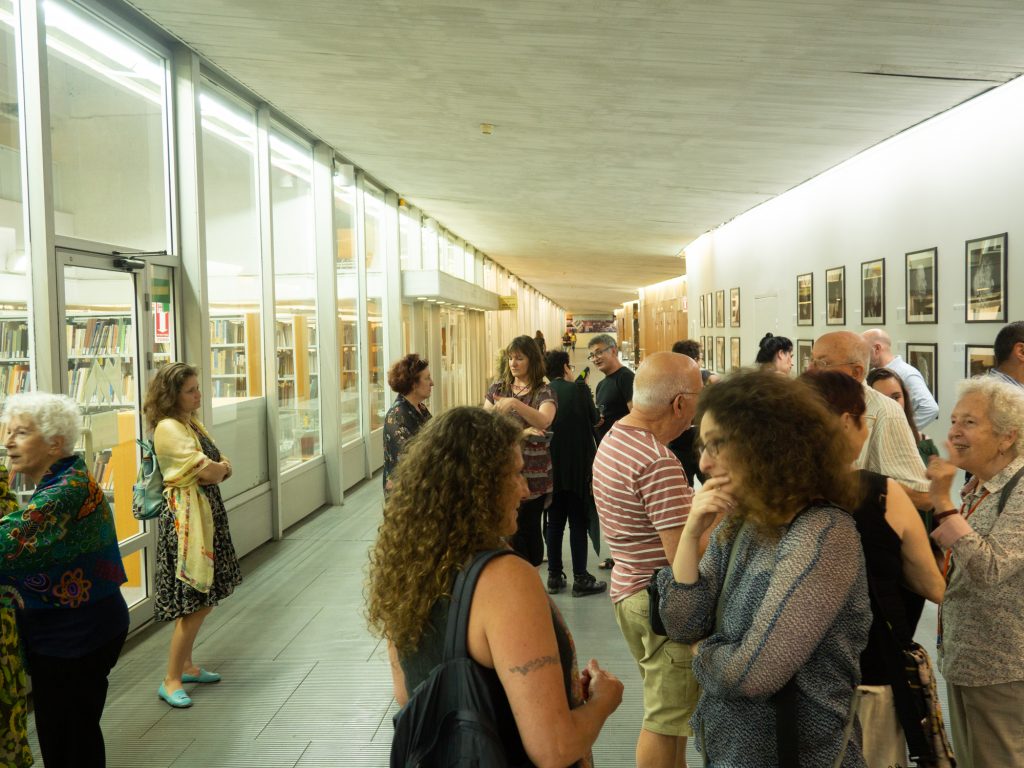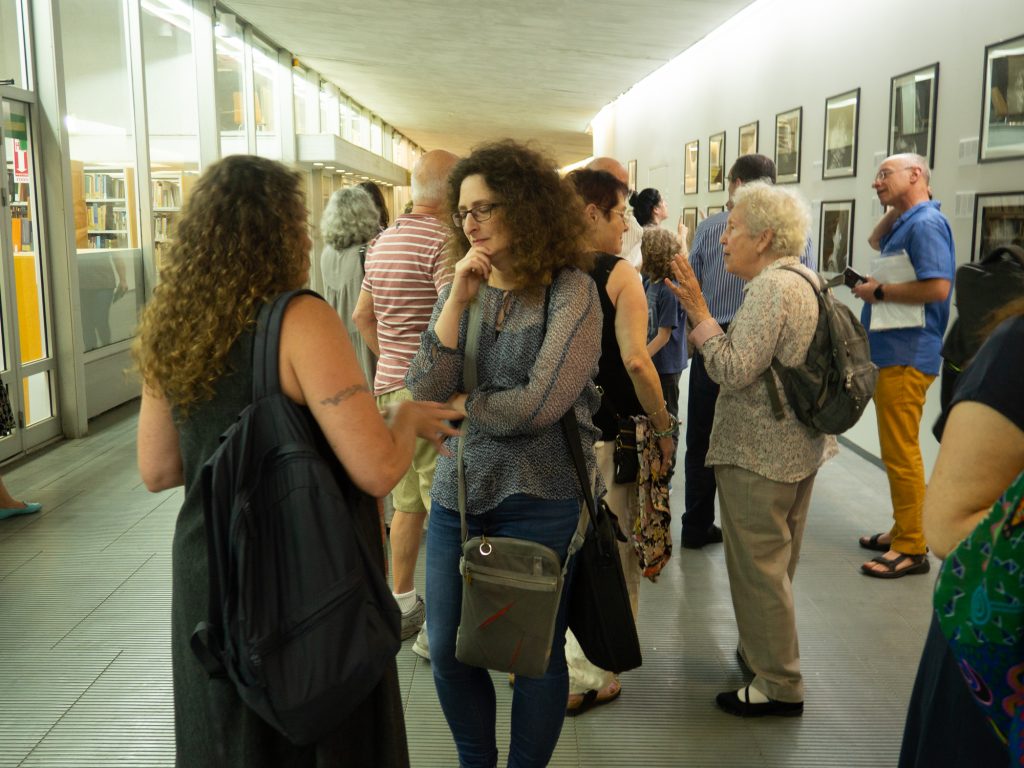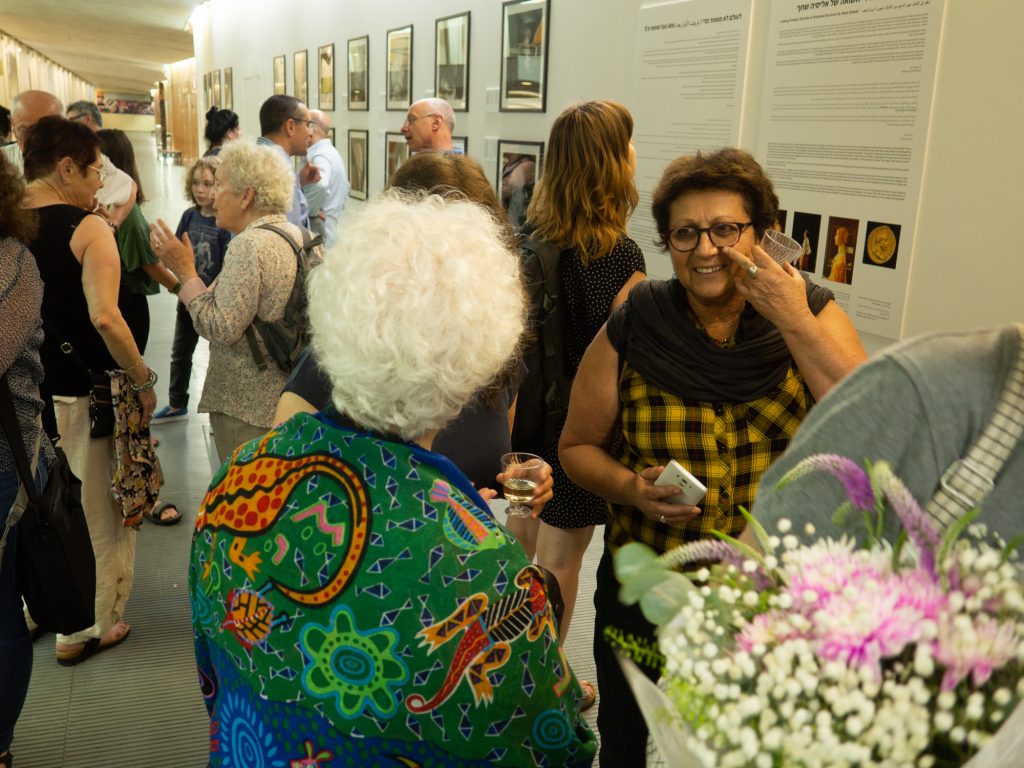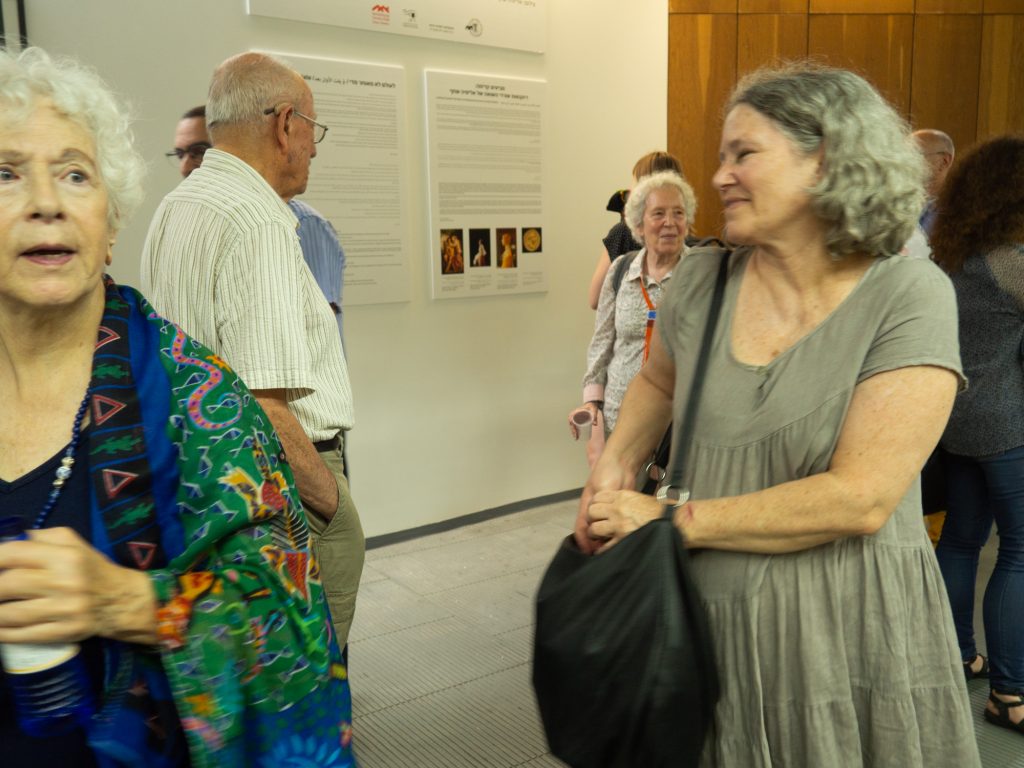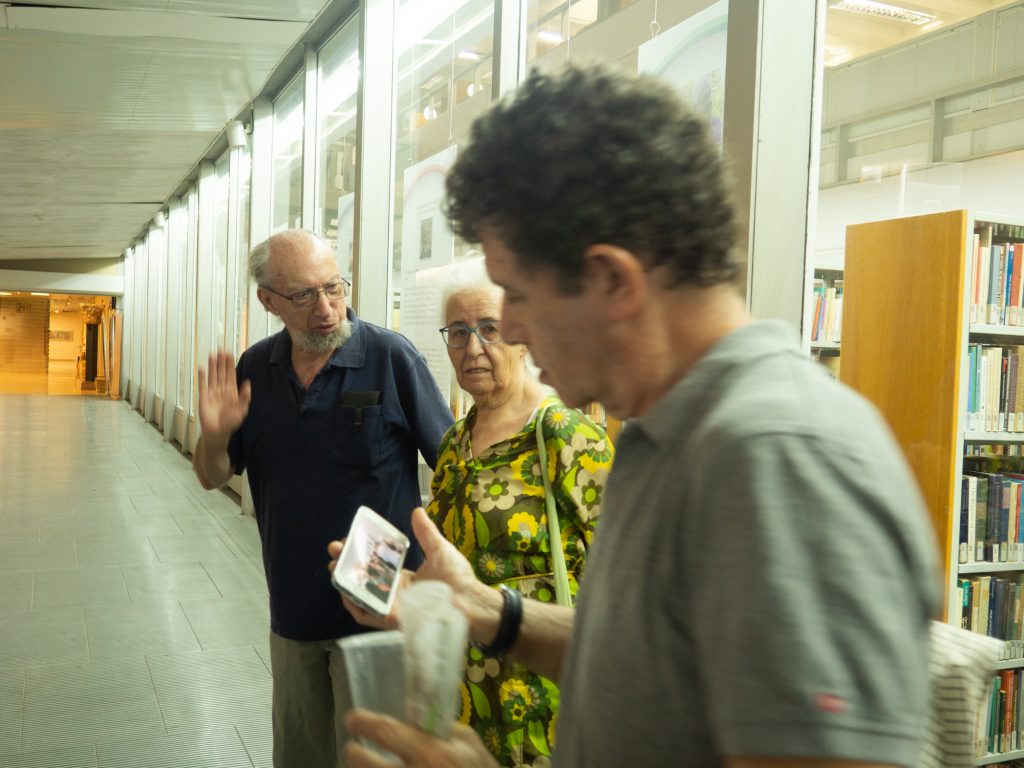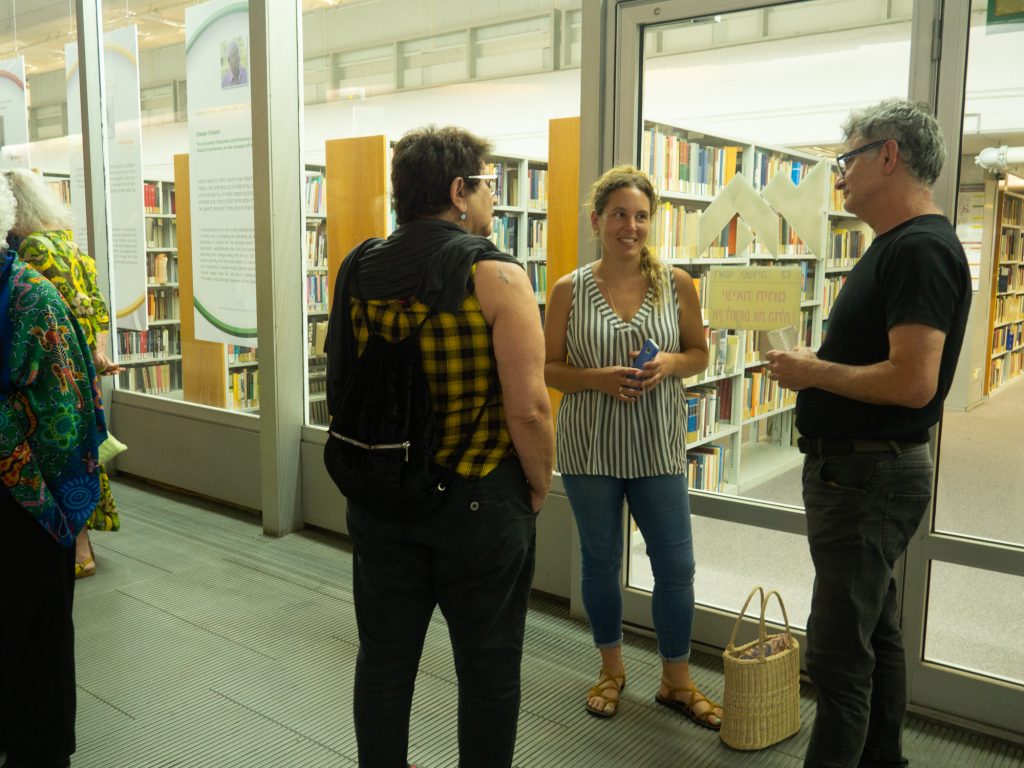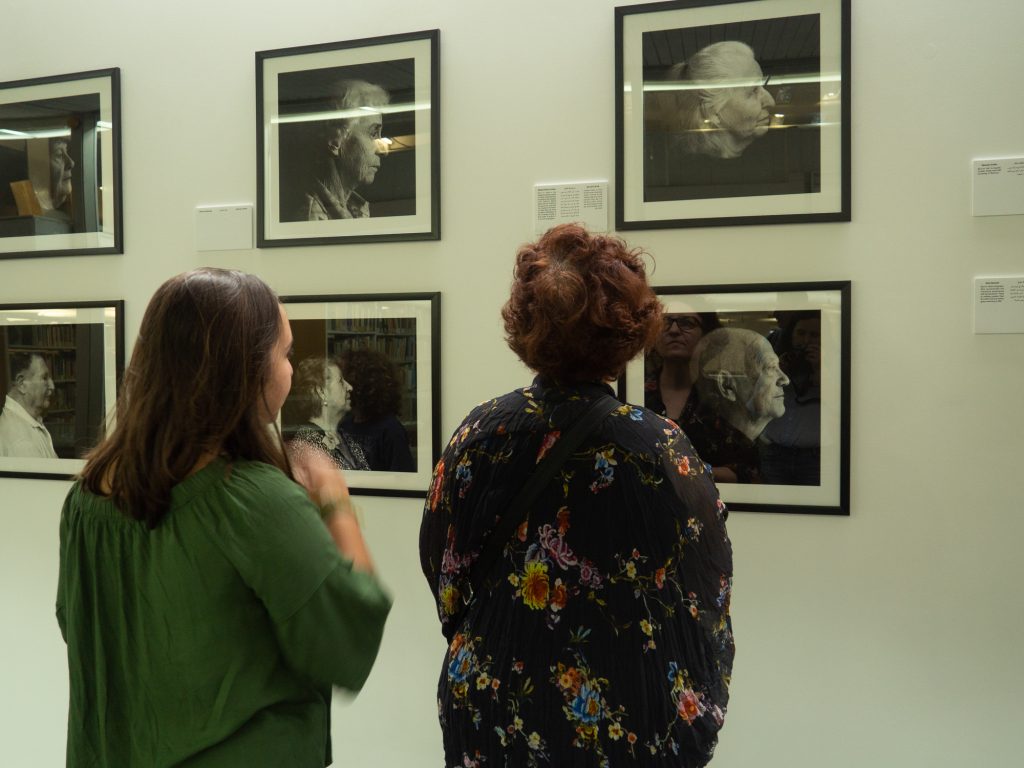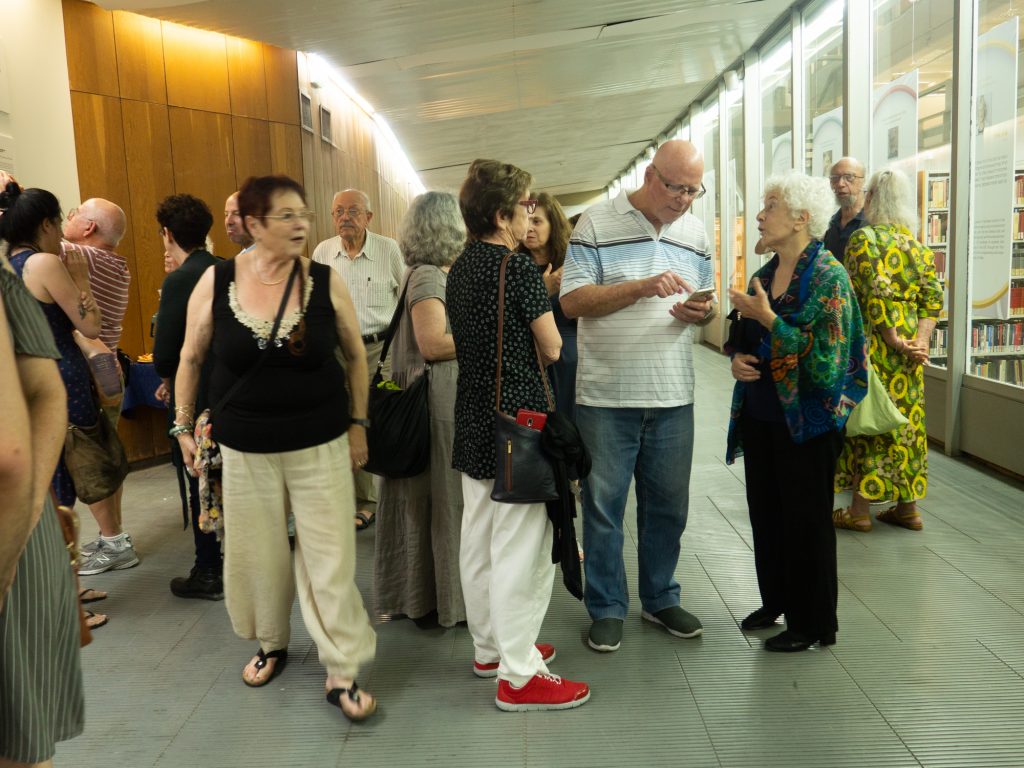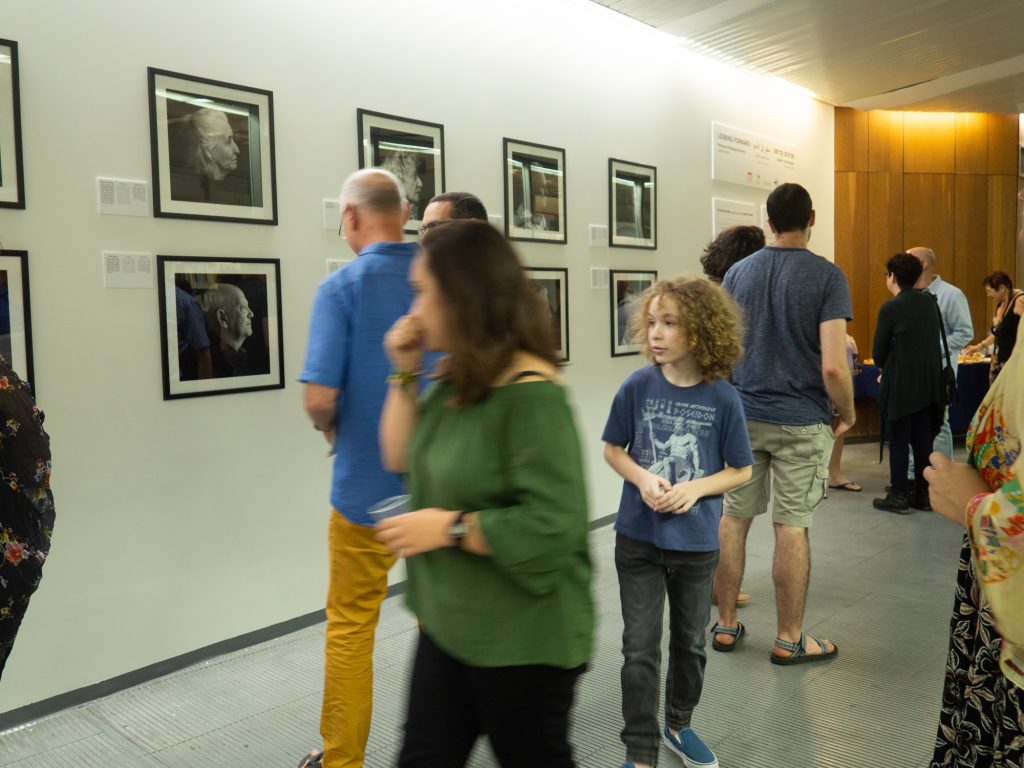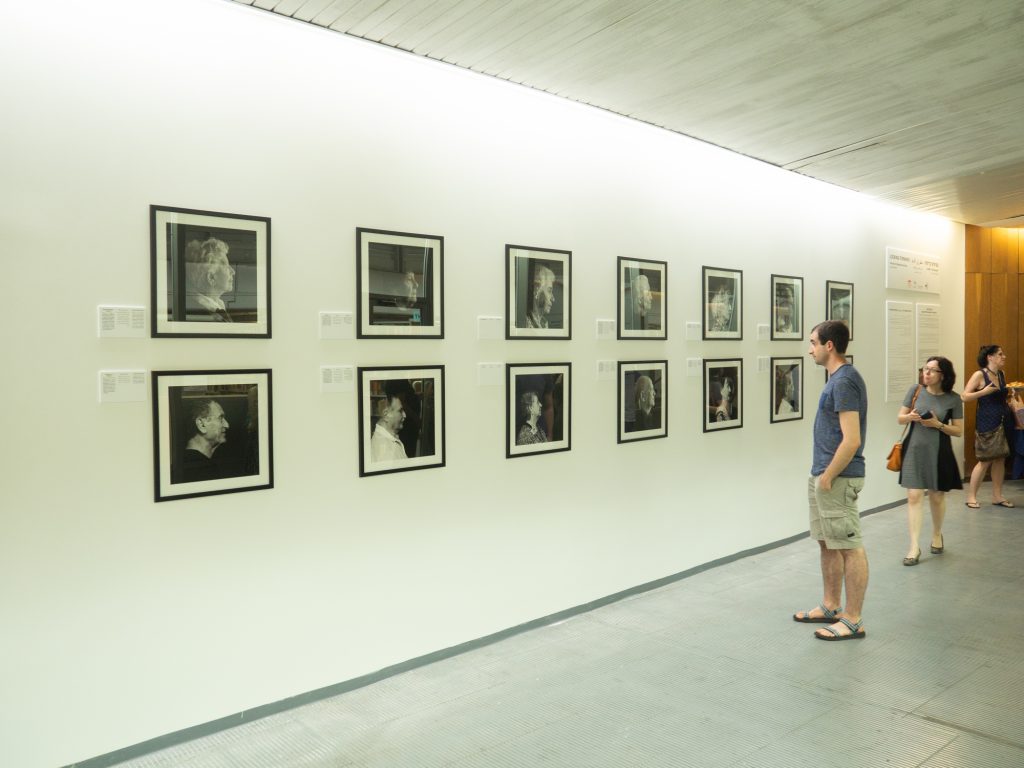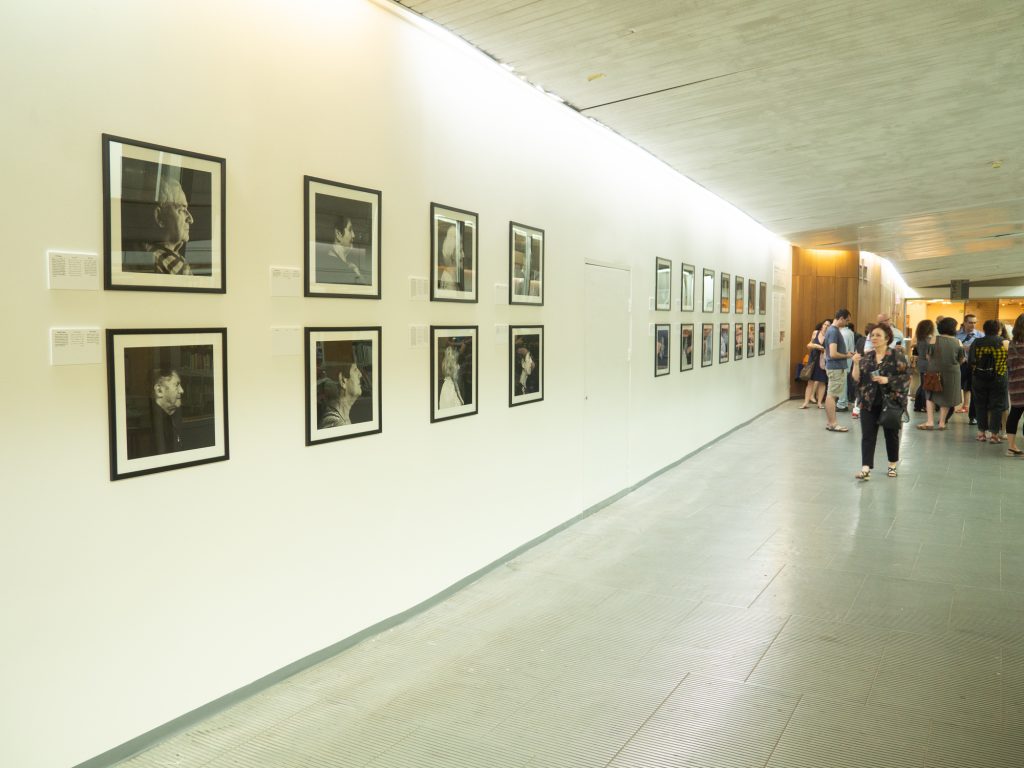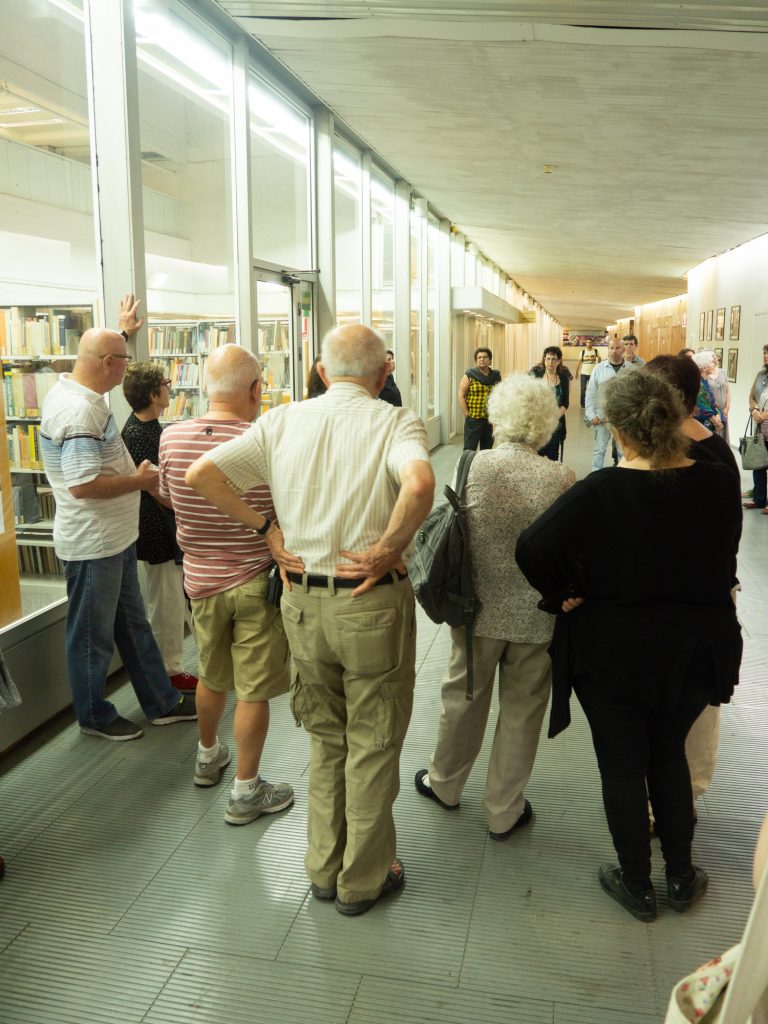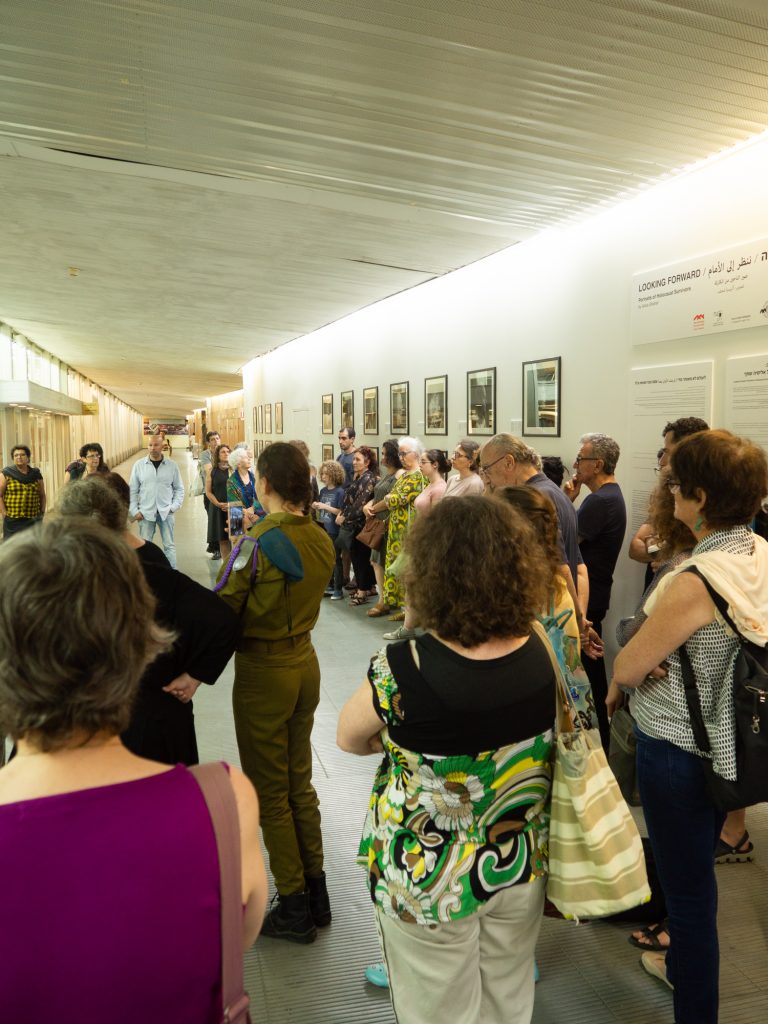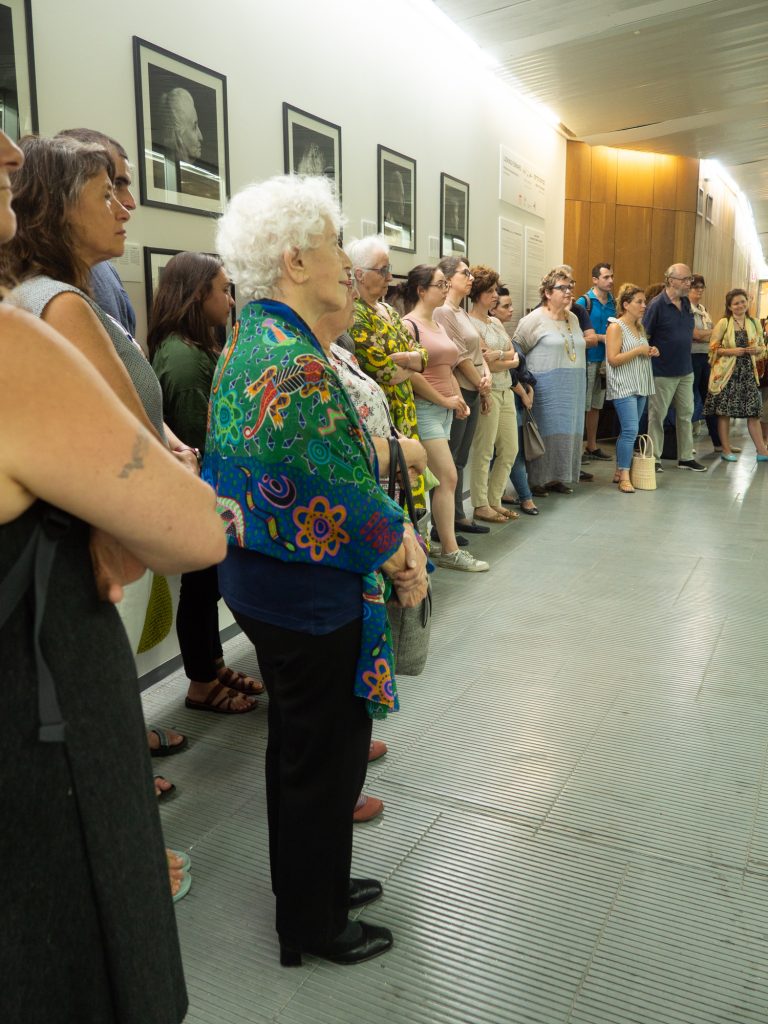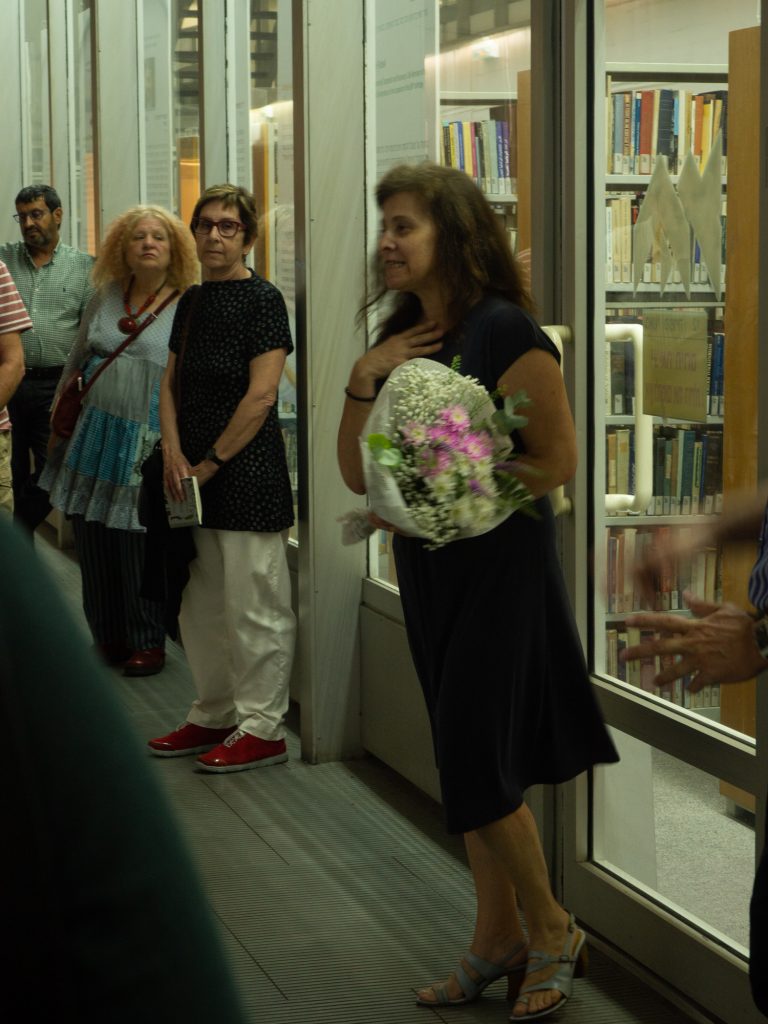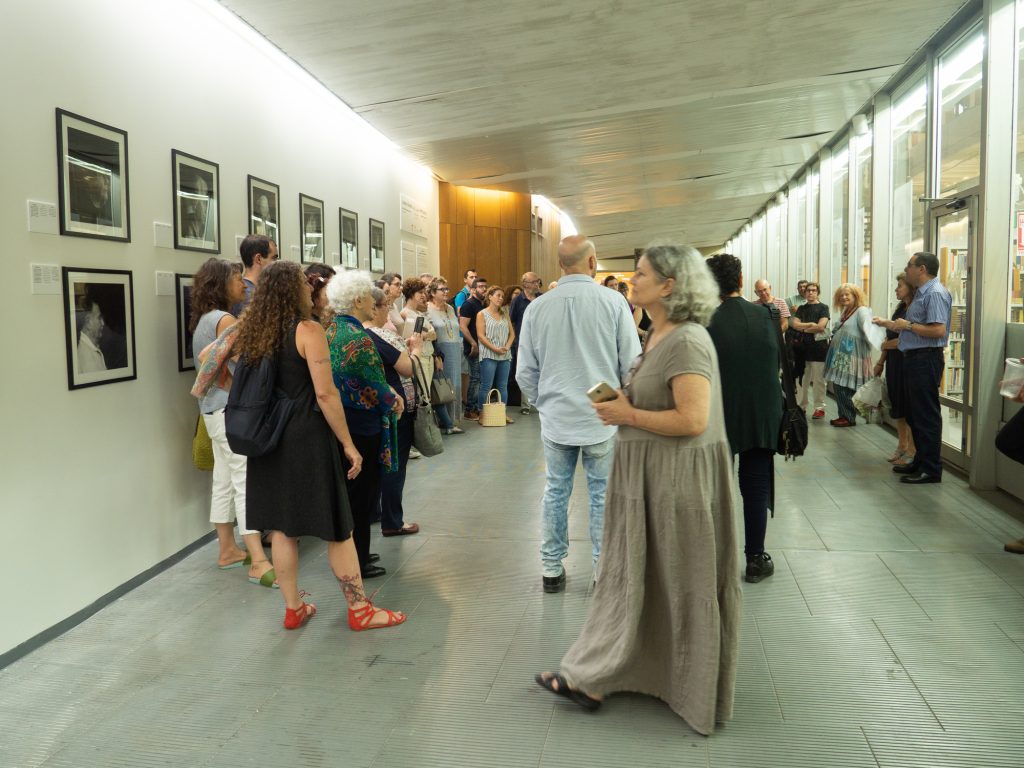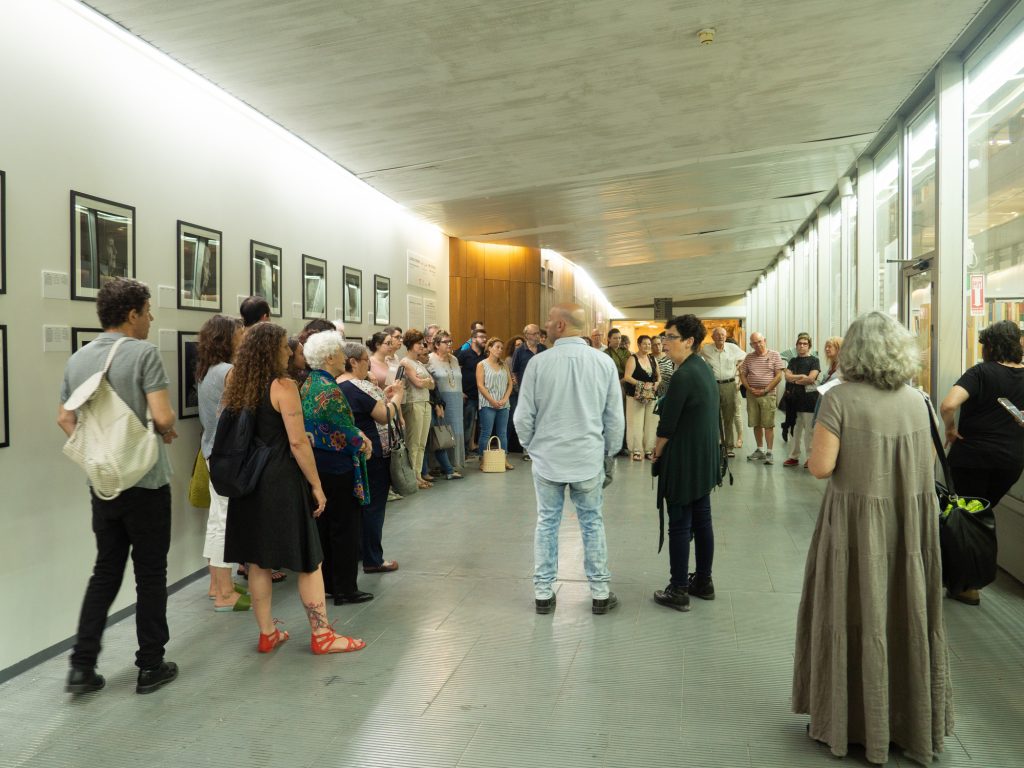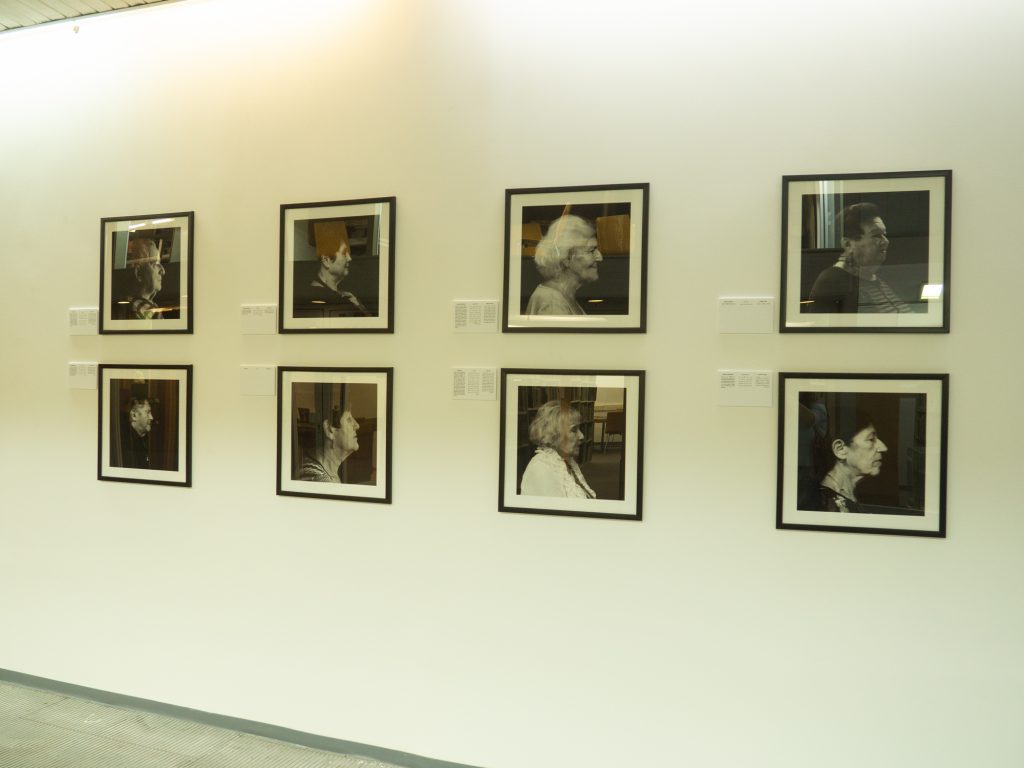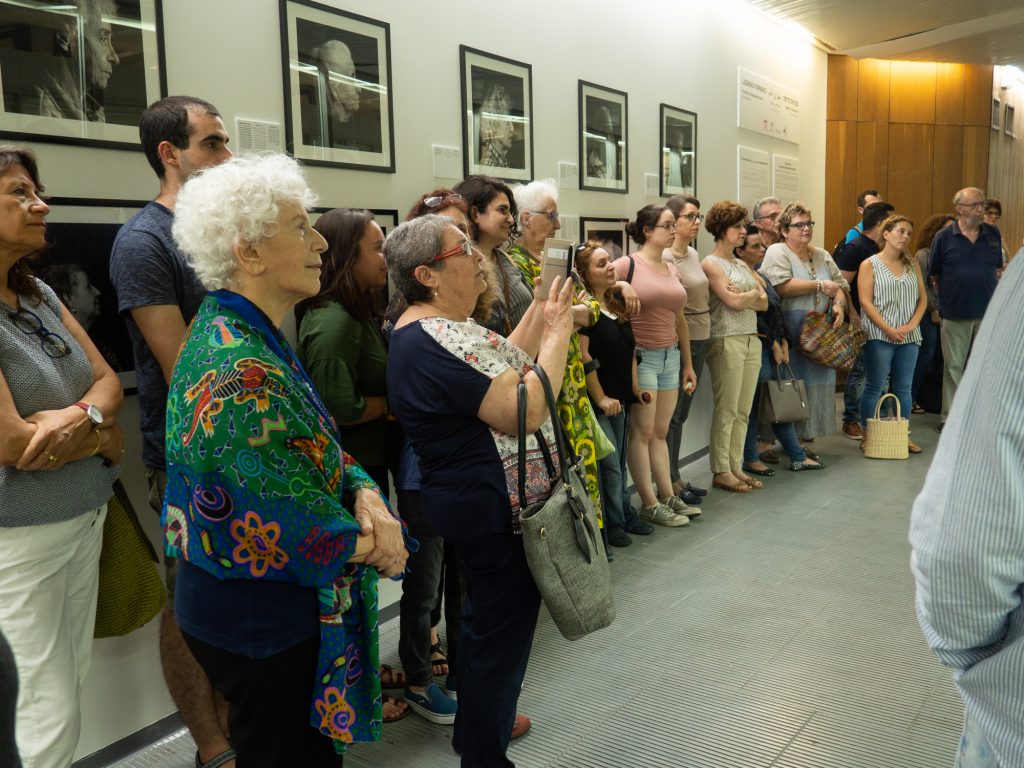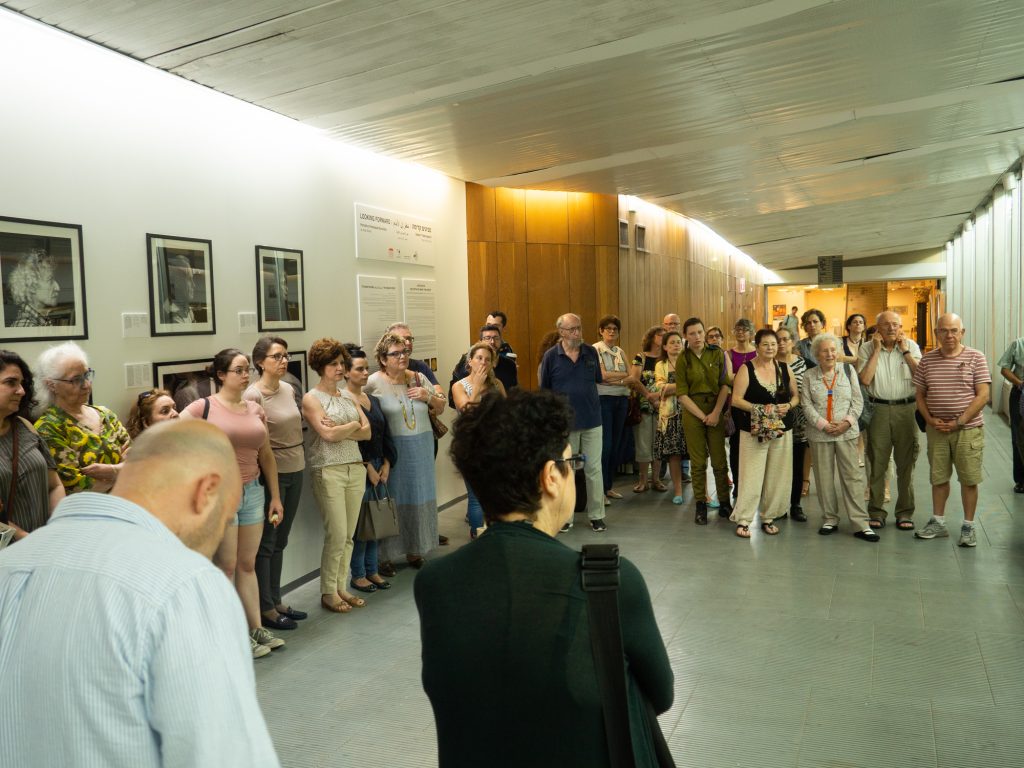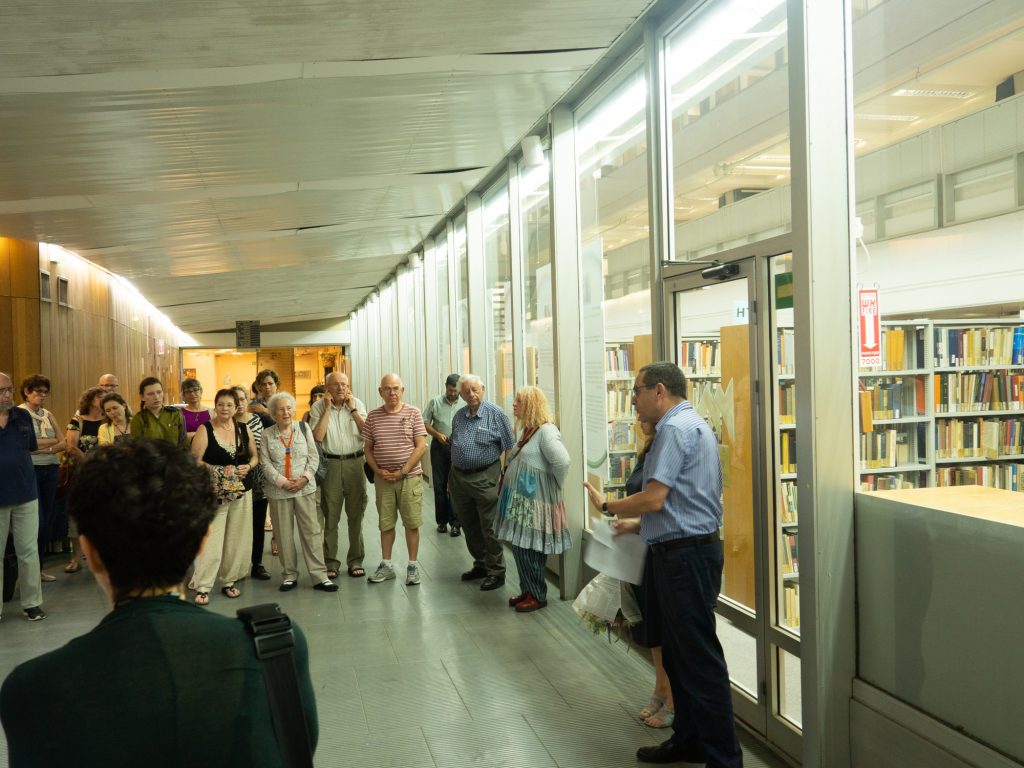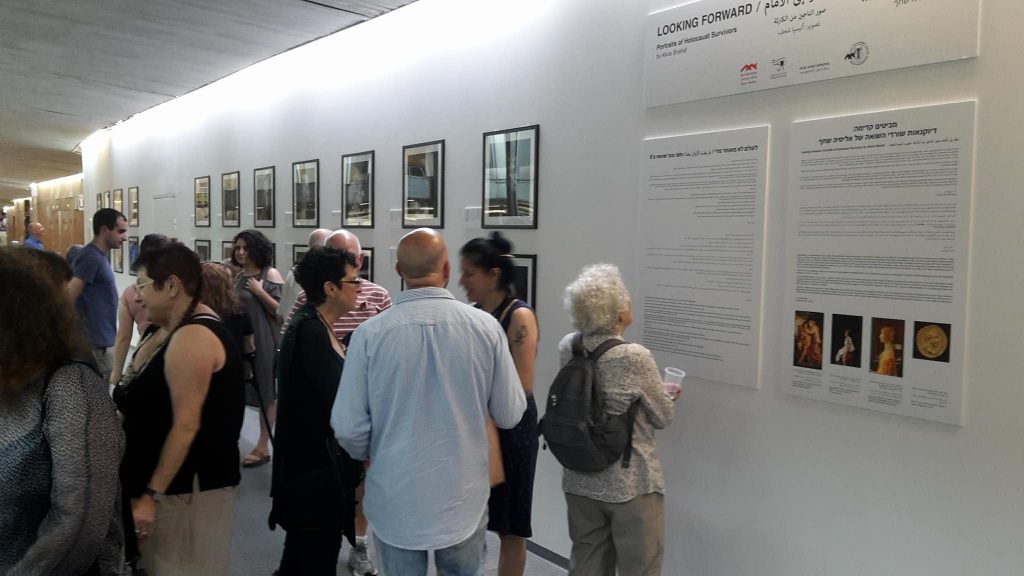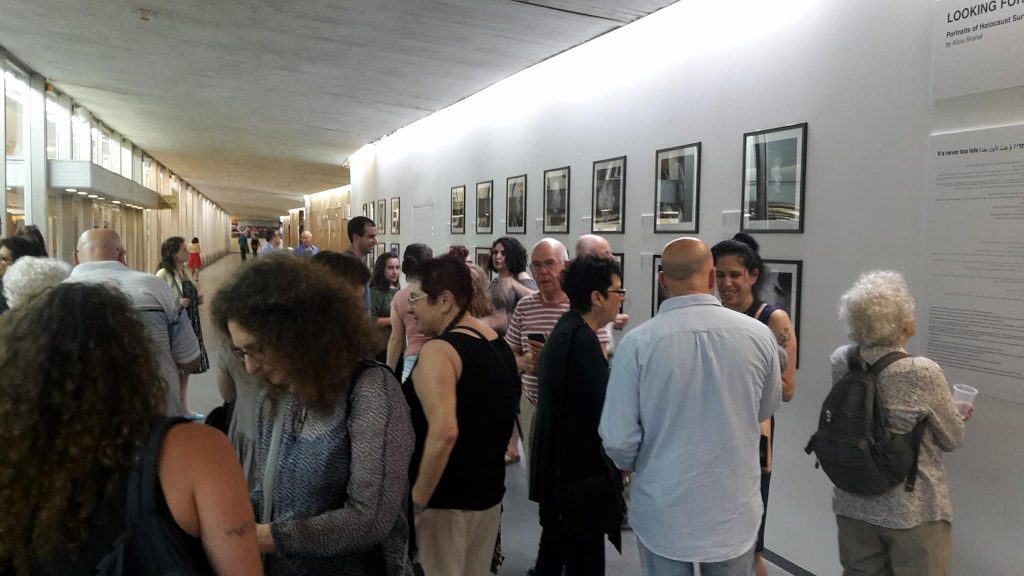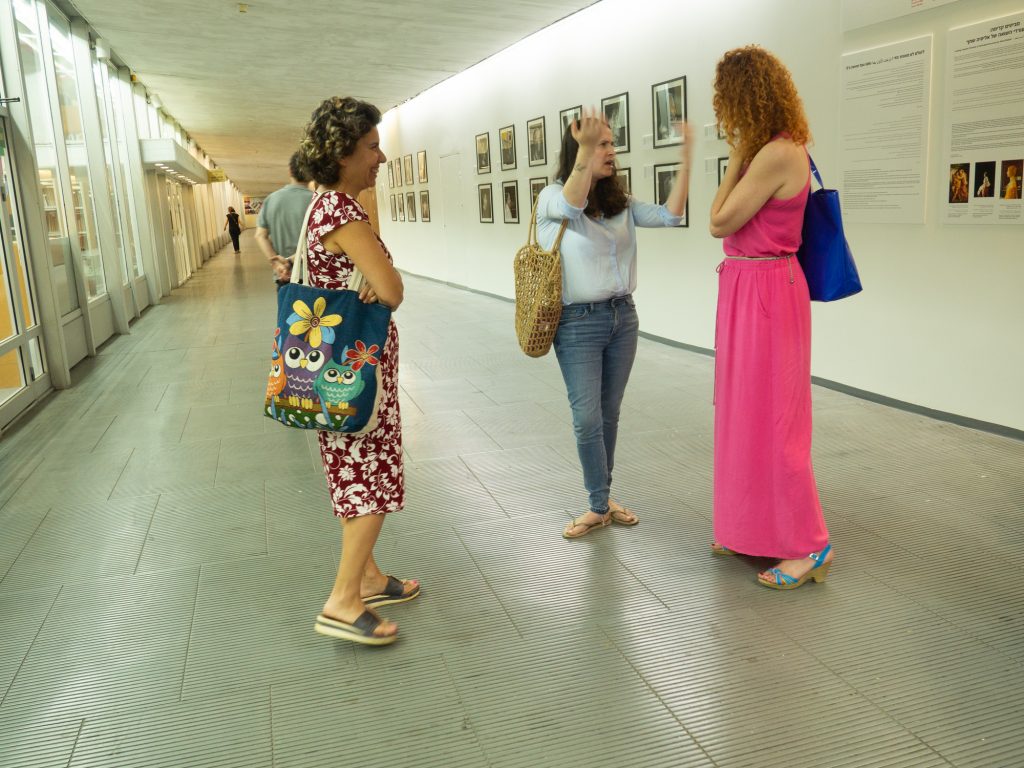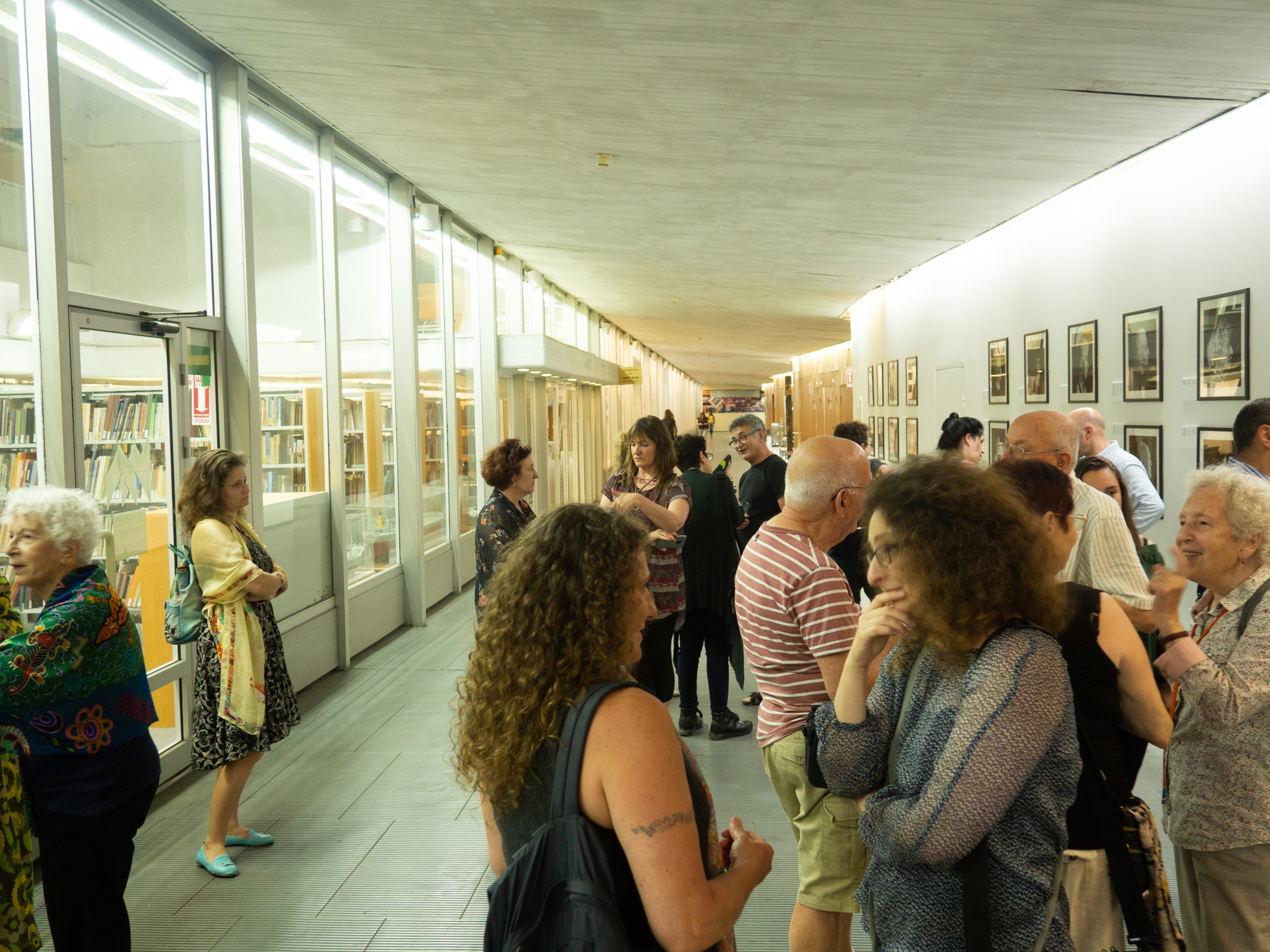הייתי בת 11 כשעליתי לארץ. המשפחה המורחבת שלי הגיעה לארגנטינה בעיקר מרוסיה לפני מלחמת העולם הראשונה. לא גידלו אותי עם זיקה כלשהי ליהדות, לא למדתי בבית ספר יהודי,.
למעשה, עד שהלקחו אותנו להצגה על אנה פראנק בכיתה ו’ לא ידעתי שהייתה שואה.
הייתי ילדה סקרנית והמעבר למדינה חדשה, שפה חדשה, תרבות חדשה, עוררה עוד את התשוקה שלי לידע. ערכתי מחקר מקיף על השואה. קראתי ספרים, חיפשתי מאמרים, השלמתי פערים.
לפני כשלוש שנים פנתה אליי סיגל הראל מור, לאחר שהתרשמה מאוד מביקור בתערוכת צילום שלי “גיבורות” והציעה לי להצטרף אליה לפרוייקט ייחודי שהיא יזמה: קורס צילום לניצולי שואה, כאשר הדגש הוא על חיבור בין סיפור אחד מההיסטוריה האישית לבין צילום שיוצג בתערוכה.
הססתי. מה לי ולשואה, מה לי וללמד אנשים מבוגרים צילום.
סיגל לא ויתרה ואני הסכמתי לעשות ניסיון. ולאט לאט התאהבתי.
התשוקה לחיים, התשוקה ללמוד משהו חדש, גם אם הסביבה כבר מבטלת אותם, החיבור לסיפורי החיים, הנוראים, השמחים. כל אחד עם הסיפור האישי שלו. כל אחד והגישה שלו לעבר, ולעתיד.
האנשים ריתקו אותי. הרגשתי שאני מקבלת בחזרה את הסבים האהובים שלי, במנה כפולה ומכופלת.
וצפיתי מרותקת בהיקסמות מהצילום. בגילוי של היכולות של הצילום: איך באמצעות מצלמה פשוטה, הדרכה בסיסית, העיניים והלב נפתחים.
ובאיזשהו רגע הבנתי, שאני רוצה לתת להם במה, במת כבוד. לאנשים הנפלאים האלה, ששרדו תופת, זוועה שהלב האנושי לא יכול להכיל. והם לא רק שרדו, הם ניצחו את הרוע, הם מלאי תשוקה לחיים וליצירה.
הרעיון לצלם אותם בתמונת פרופיל צמח מתוך הרצון שלי להפוך אותם לגדולים מהחיים. אצולה ישראלית אצולה
אנושית.
מביטים קדימה באוניברסיטת חיפה
